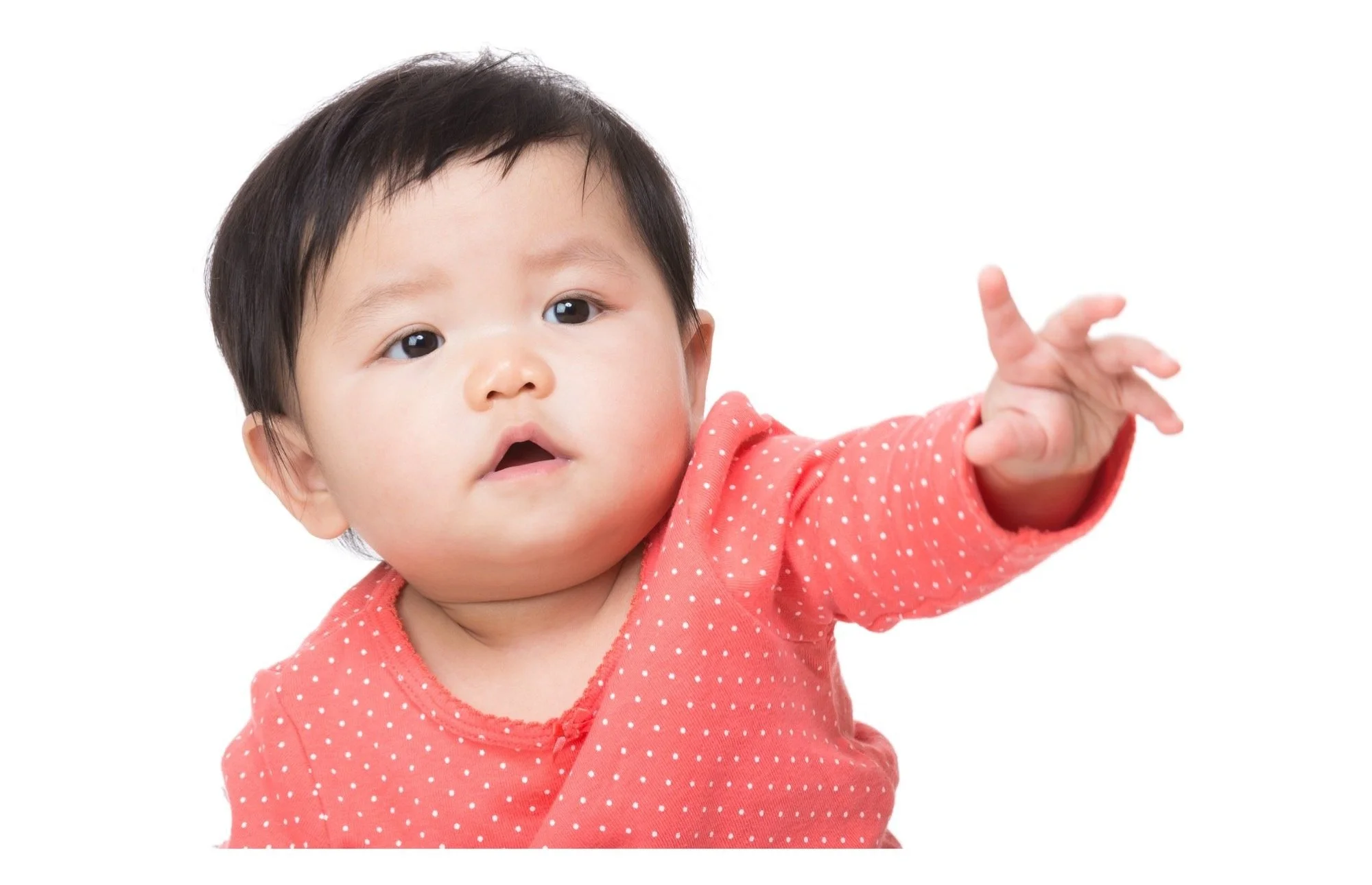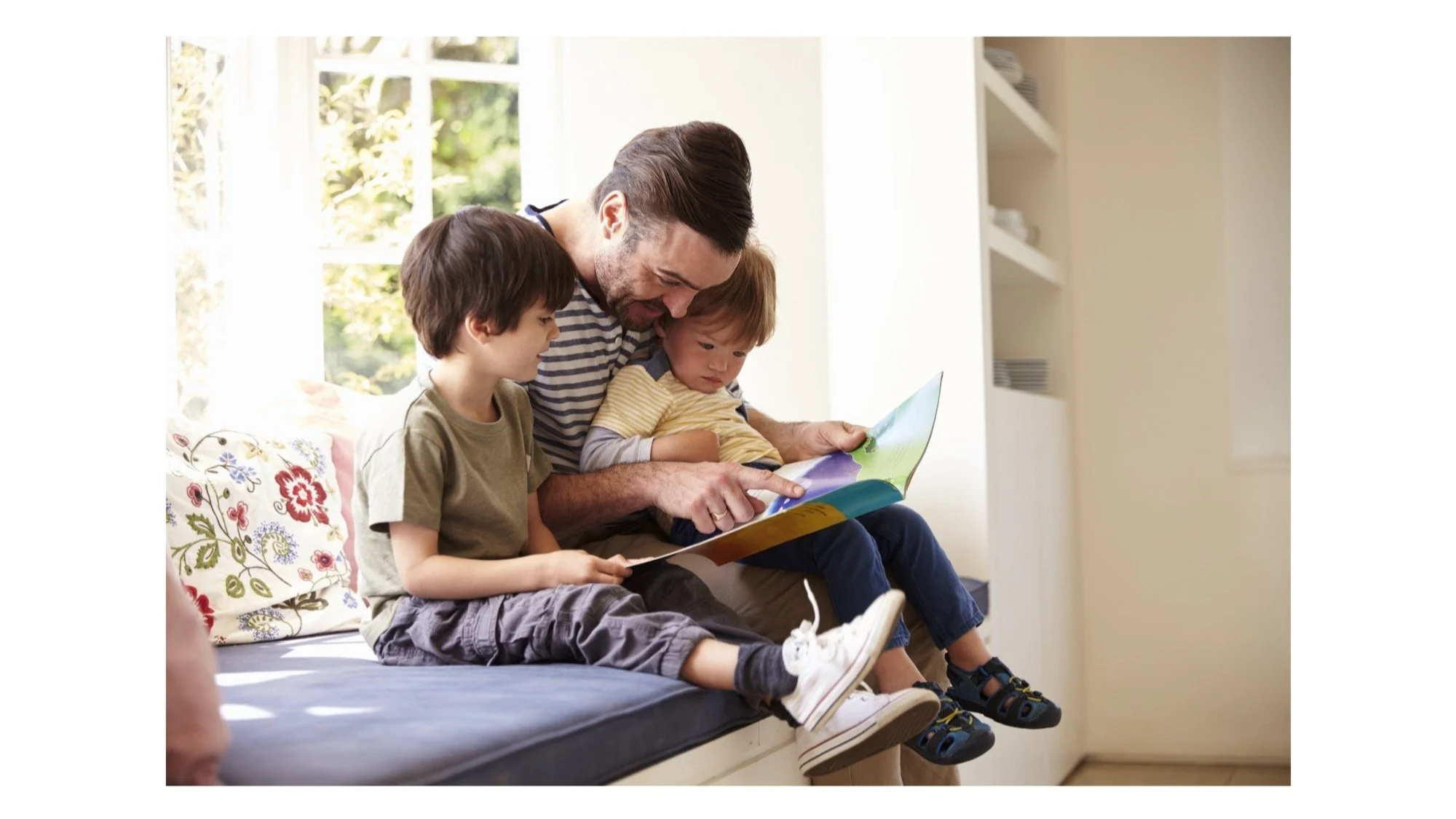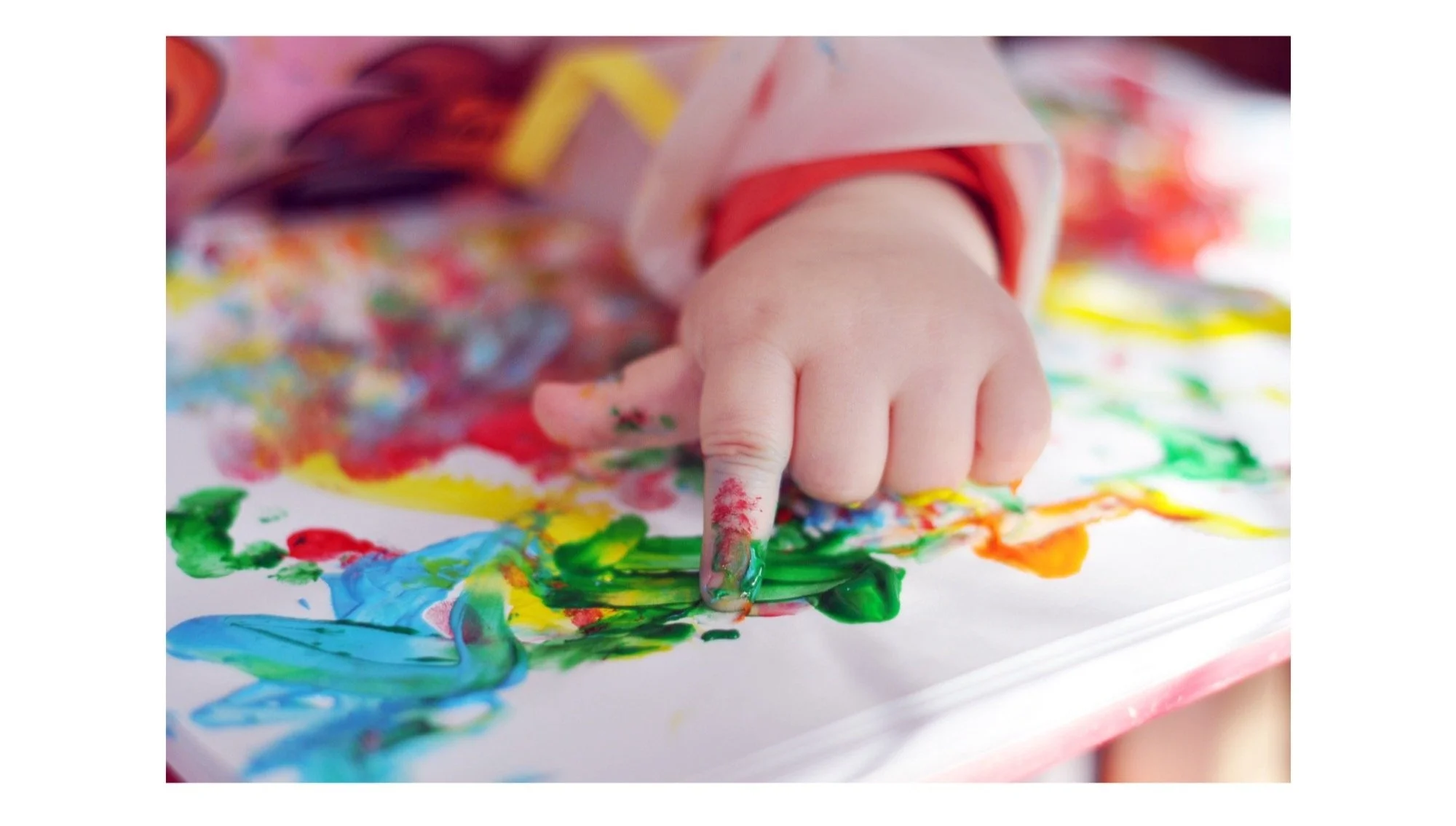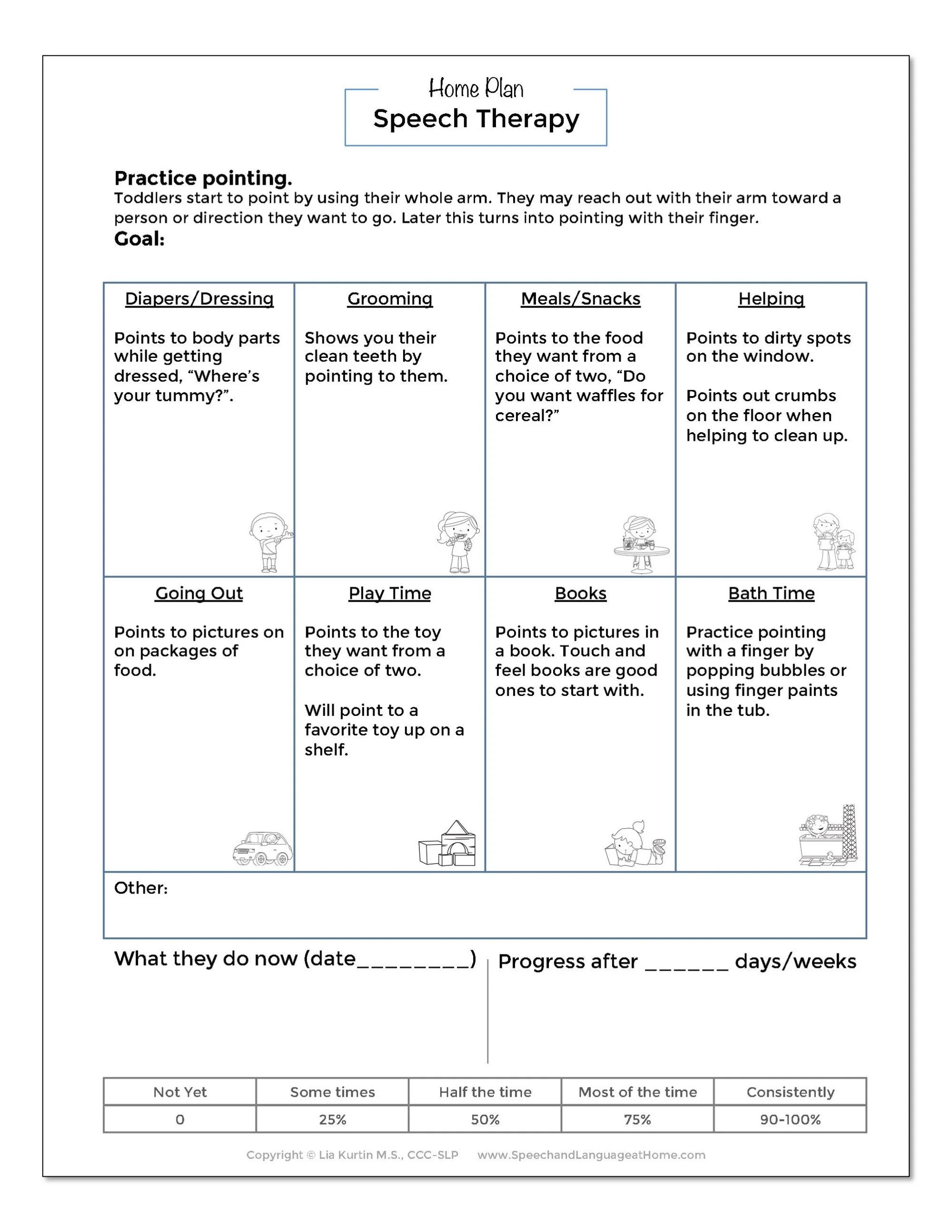The Power of Pointing: A Small Gesture That Supports Big Language Growth
Pointing may not seem like a big deal, but learning to point can give your child a huge boost in communicating.
This powerful gesture gives your child a way to share ideas, ask questions, and learn new words.
Whether your child is just beginning to communicate or already speaking in sentences, pointing plays a big role in speech and language development.
When to Expect Pointing
Most babies start the gesture of an open-hand pointing around 12 months.
They use this to direct someone’s attention to something of interest.
Babies can also use this gesture as a request for something they want.
Sort of like, “There is a fluffy dog and I want to touch it.”
A few months later, around 14 months, this gesture gets more refined and intentional.
Toddlers are now able to point with one finger. You may also hear this as isolating the index finger.
It’s not just the fine motor skills that develop, but also more intentional communication.
For example, “Hey mom, look at that cool airplane.”
How to Encourage Pointing at Home
Model:
Modeling pointing can be done almost any time.
Here are a few examples of modeling pointing during daily routines.
Point to their cup and ask, “Do you want milk?”
Direct their attention when someone comes in, “Hey, mom is home.”
Start taping pictures in books as you label them, “Look, a duck!”
Helping to isolate their index finger:
Gather books and toys that encourage the use of one finger.
Read touch-and-feel books with small holes (the size of a hole punch). This helps them feel the tip of their finger as they point to the book.
Lift them up and have them help you turn on/off the light switch with one finger.
Blow bubbles and pop them together by pointing and saying “Pop!”
Have some messy fun by finger painting with paint, pudding, or yogurt. Model drawing lines and shapes to see if they’ll copy you.
Ask for help
If you don’t see your child pointing by 15 months talk to your doctor about it.
They may recommend an evaluation to look at fine motor or communication skills.
If your child is already receiving services, consider asking about adding pointing as a therapy goal.
Sources:
Centers for Disease Control (CDC), June 6, 2023. https://www.cdc.gov/ncbddd/actearly/milestones/milestones-6mo.html
First Words Project, 2014, 16 Gestures by 16 Months. https://firstwordsproject.com/about-16by16
Illustration Credits: Kari Bolt





